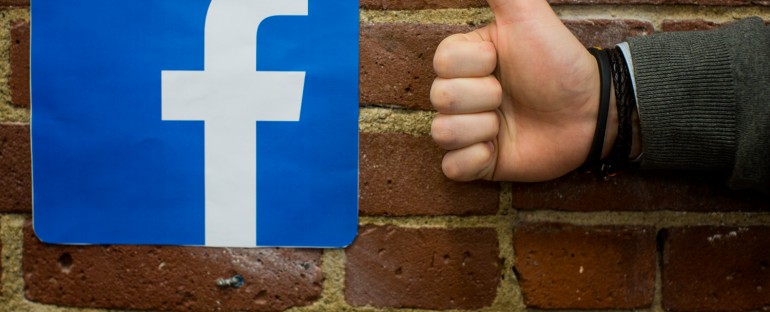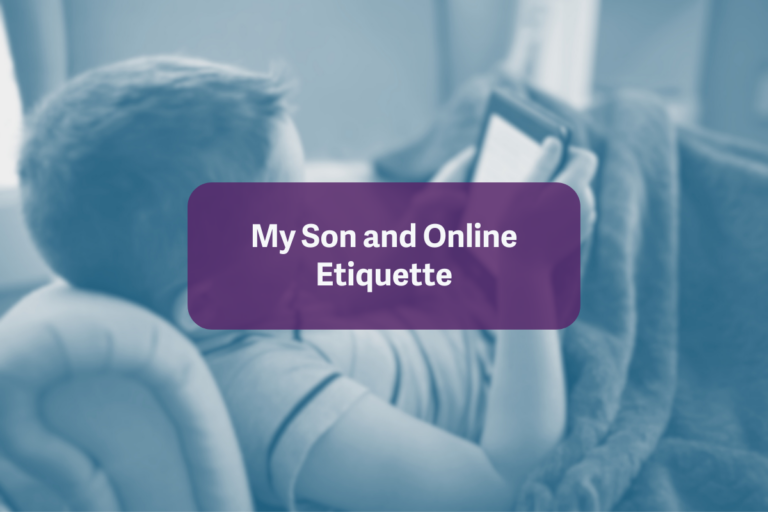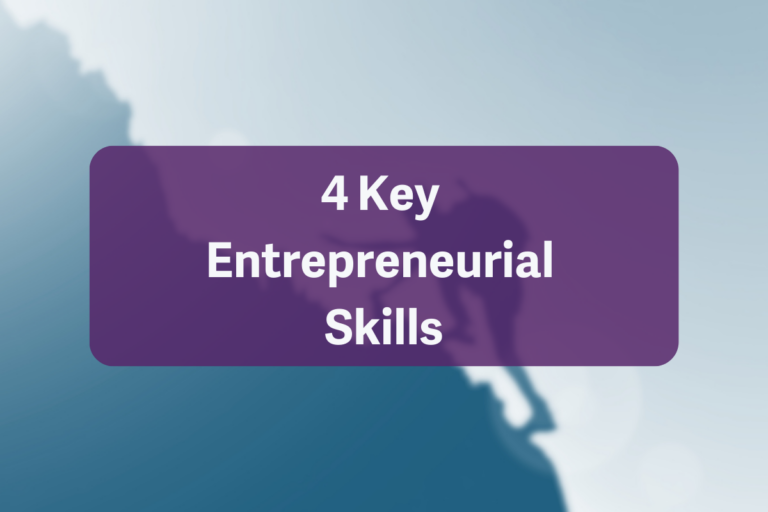Boosted Posts or Paid Ads? : Comparing Facebook Marketing Tools
As a free-to-start marketing tool with a built-in, highly active community, Facebook’s Pages are unparalleled. As discussed in previous posts, Facebook’s comprehensive statistics and demographic reports are incredibly valuable, providing you with information to adjust your marketing strategies to meet the needs and interests of your most engaged users as well as creating additional content to draw in further engagement.
As a business, Facebook also seeks profits, and in recent years have developed a number of paid tools that enable their users to increase the reach of individual posts as well as to purchase demographically-targeted ads. For some users, this has led to a change in the organic reach of their posts, leaving many users trying to determine which of these features for promotion are most useful for them. There are several things to consider when choosing between these options to increase your reach through Facebook, and making the right choice might mean a big difference in the reach of your posts, ads, events, and offerings!
To begin, we’ll review some Facebook basics. To give you a starting point in considering the two major options, we’ll start by considering the platform as it appears in a web browser rather than in a mobile browser or Facebook’s dedicated apps. If you’re comfortable with Facebook basics, this should be familiar!
In the web version of Facebook, users generally see three columns. The furthest left column is a selection of groups, friend lists, and other “tabs” to help them view their friends’ and pages’ posts in categories. These are highly customizable, enabling users to create interest lists as well as grouping their friends in whichever categories they prefer. The middle column is the Newsfeed, where posts are displayed. The Newsfeed defaults to display posts from all of a user’s friends and liked pages, but to manage the high levels of content, these posts are curated by Facebook’s algorithms to display the posts the user’s previous activity indicates they’ll find most engaging. This usually means a combination of:
- Posts that have been popular with the user’s friends;
- Posts that have been popular across the platform or in the user’s area;
- Posts from friends or pages the user engages with frequently;
- Posts on topics the user engages with frequently; and
- Boosted posts.
The far right column contains a list of their friends currently using Facebook (app or web) or the Facebook Messenger app. Below that are paid ads, targeted to the user based on things like:
- User demographics;
- User location (either as reported by their profile or through location services on their devices); and
- Items the user has viewed when shopping or browsing online.
As you can see, one of the major differences between boosted posts and paid ads is their location on the page in web, but that’s not the end of the differences.
Which Facebook Marketing Tool Should You Use?
Boosted posts will be displayed to a user as they’re browsing the posts of their friends and liked pages, and are a more integrated content delivery system. They are content-based, meaning that they usually contain text, images, and links the way standard posts usually would. They are created by a Facebook Page manager and boosted on a by-post basis to increase the number of users to whom the post will be shown. If you are seeking new users, trying to boost engagement within your existing community, or seeking to highlight a particular post, a boost might be the tool you’re looking for.
Paid ads appear in the sidebar, and function more like traditional web ads. These typically draw users to a website, app, or other content hosted away from Facebook, so they are a good tool to consider if you don’t have a Facebook Page or would like to use an ad to draw attention to something you don’t wish to include in their Facebook Community content. The greatest benefit of this type of ad, which is served to users in a less-integrated fashion than a boosted post, is that these ads can be targeted very precisely by demographic markers like gender, location, age, and more. If the item or service you wish to highlight is highly specialized, you may want to consider this type of ad, but remember that not all users indicate all or any of their demographic information in their profiles, so while one or two specifics is a good thing, getting too specific may mean you miss potential customers! You can create campaigns based on how many times you would like your ad to be served overall or on a daily basis, and prices for these ads are highly variable based on what kind of reach you’re looking for.
Which of these Facebook marketing tools is right for you depends on your goals for your Facebook strategies. For highlighting individual posts from your Facebook Page, trying to attract more users to your Facebook Page, increasing engagement with your Page, draw attention to a video or other content hosted on Facebook, or create buzz around an event, product, or service highlighted on your Page, a Boosted Post is probably your best option. If you want to draw users to your independent website, increase conversion on your website, or gain app installs and engagement, one of Facebook’s highly-targeted paid ads is a better use of your marketing budget!








